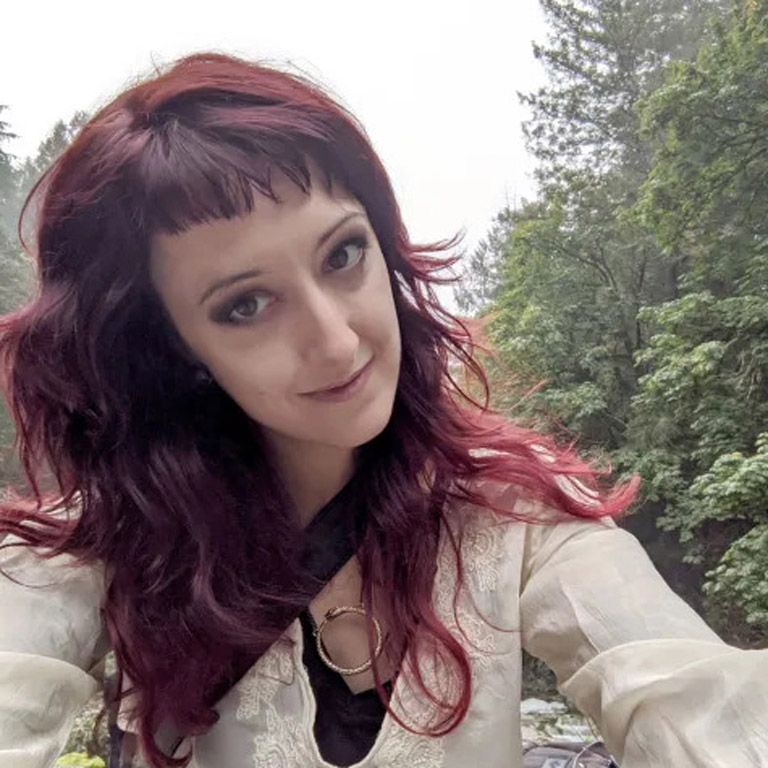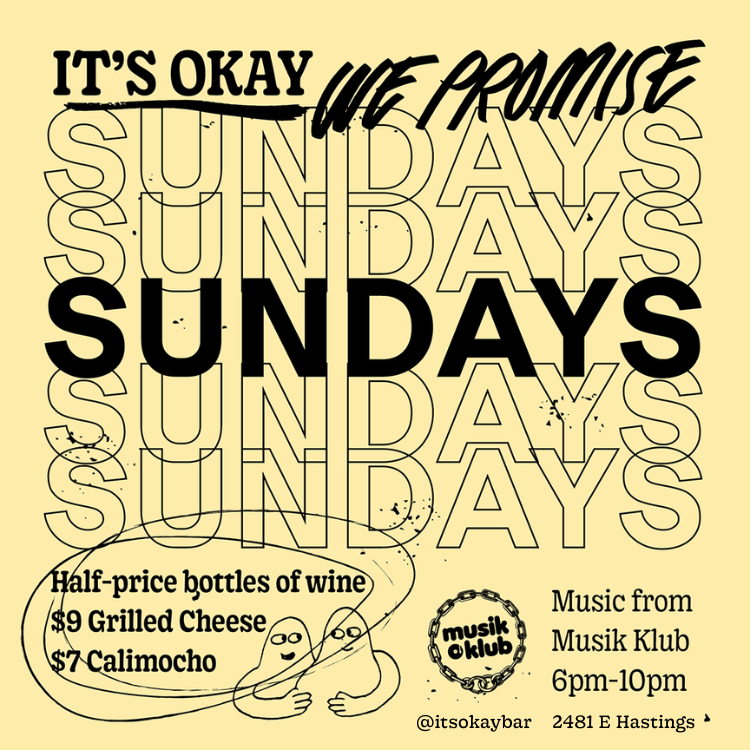A single blanket is laid flat in an otherwise empty white space. Seen from the security camera-style footage, two figures sit across from each other, one draped in loose translucent white, the other in something dark and rigid, yet there is an immediate sense of trust and familiarity between the two as they begin a ritual.
Miki Aurora’s newest film, Death, Resurrection, Ascension documents a healing ritual between friends, where sexual trauma, psilocybin (magic mushrooms) and Chaos magic take the viewer in a voyeuristic emotional process through body language and an immersive soundscape. Loose Lips sat down with Miki to talk about her artistic vision, healing, and occult practices.
Loose Lips: Tell us about the ritual you’re performing in the film; is it based on a particular practice?
Miki Aurora: I personally identify as a chaote, so everything I do is under that umbrella. Chaos magic stems from allowing the order of the chaos of causality to flow through and provoke the innovation required in whatever working one’s engaged in. In more traditional lineages or religions like wicca, some of the power of the rite is derived from the repetition of a gesture that has been done many times before—in some ways chaos is the opposite of that, the inception of the idea and the spark of life is one of the driving sources of the energy that fuels the gesture.
LL: What was behind your choice to both use mushrooms in this ritual?
MA: The decision to use magic mushrooms comes from experiences using the plant in the past as a tool for accessing the subconscious mind in a way we’re often blocked from doing in regular, unaltered states. The trauma exists in the subconscious mind; the plant creates a connection, enabling us to purge it from the psyche. There is also the element of the plant itself, acting as a guide. While it’s an emotional experience for Brittany, the subject of the healing depicted in the ritual, as she is allowing herself to release previously repressed emotions, when I’m doing the ritual I am not emotional, because that experience is for her. But it’s important for me to be fully present in the experience with her.
LL: There was some points that felt very difficult to watch – in that it was such a private moment for someone in a healing space for sexual trauma.
MA: Yeah, there are moments in the film where Brittany is more tapped into this sacred rage, and other places where we get to witness a more direct display of the sorrow held in her heart, from what she is endured. There is so much courage involved in allowing the healing process to be witnessed, since the process itself can be so excruciatingly painful. I myself have been through rape, and found it can be just as hard if not harder to process the emotions in the context of a direct release of the emotions than it is the moment that it is occurring, because in the moment that it’s occurring the body is in survival mode, and the psychological pain of the experience is being relegated to the subconscious, because it would be impossible for the system to process and experience it in the moment of the attack.
LL: I like that, “sacred rage”. Do you find it helps that you have had a similar experience, to help someone else heal?
MA: Absolutely! It’s also the fire behind my vocation to produce this work–knowing so intimately this pain. The rape I went through and the subsequent divine rage I experienced also became a kind of portal for me to bring forth myriad parts of my occult practice that I previously did not have access to–so the creation of this art work is also a direct result of, and depiction of those things, told through the movements and emotional range displayed by Brittany, when she is in her divine rage state, as though she were an actress playing out that story. The work in itself carries that energy for myself, and for all people touched by this epidemic of rape. My hope is that by watching this film, and realizing that healing is an option, a movement may be sparked of people realizing that they do not need to carry around the burden of that pain forever. I have also done several trauma healing rituals to heal from my own rape, and have quite fully released that trauma from being. And once that healing happens, you become a different person. You’ve triumphed over one of the most painful experiences a human being can possible undergo, you know that no matter what you have the power to withstand anything. And that reservoir of divine rage–and the spiritual / occult tributaries that flow from it–are the crux of that mental state.
LL: I thought the score was really powerful, and really brought even more depth to the experience. Was it composed specifically for the film?
MA: During the ritual one of the occult technologies employed is the Pavamana mantra from my Vedic ancestral lineage, which is used to catalyze the events that transpire during the ceremony. The score was composed by Raghunath Khe, and they used the same chants in the score as we did in the ritual. The chant has to do with dissolving the illusion into reality, moving from darkness into light, and moving from death into immortality.
You can see Miki’s work, Death, Resurrection, Ascension on Tuesday, September 18 at The Cinematheque. Tickets are available here.




